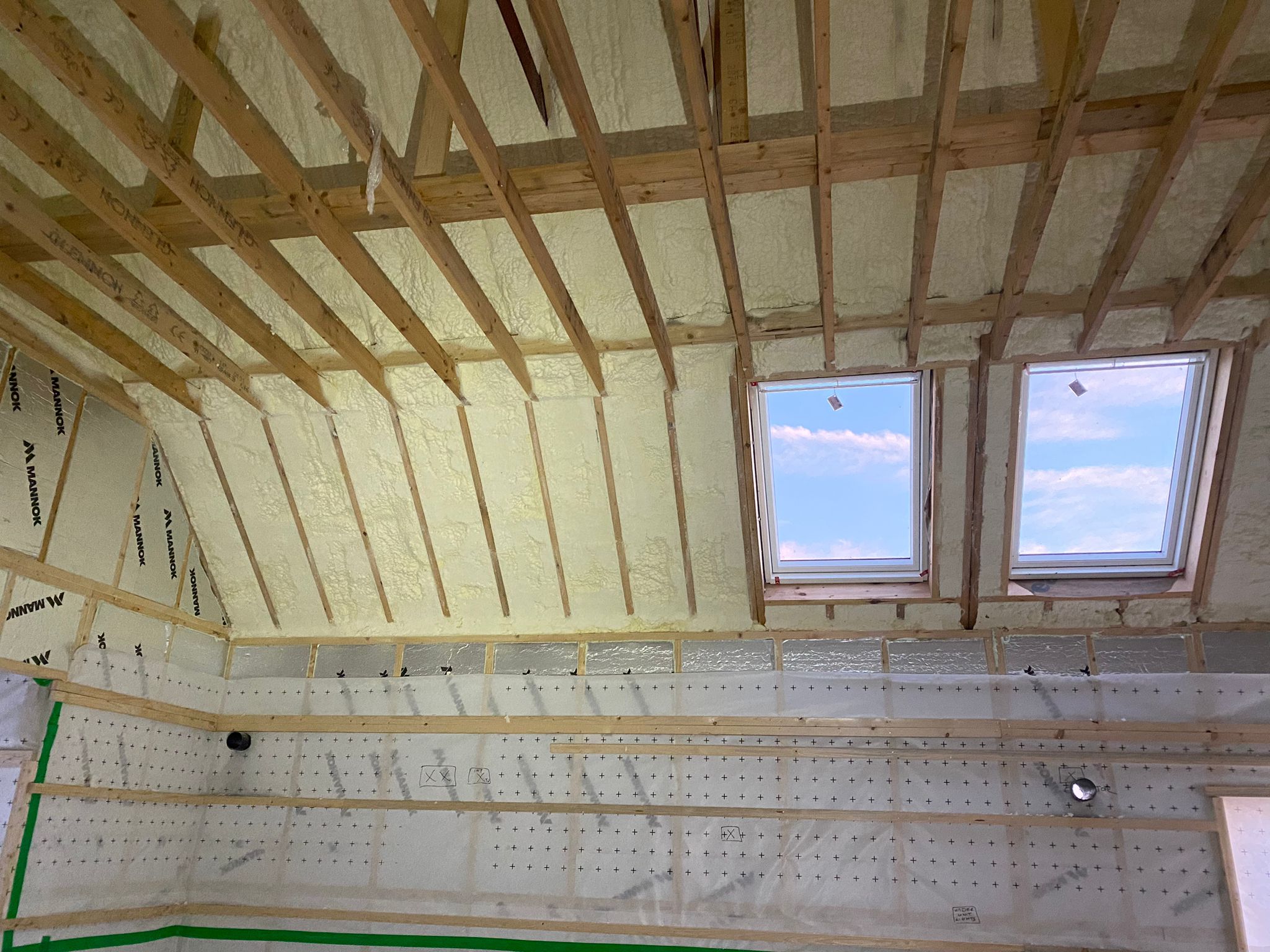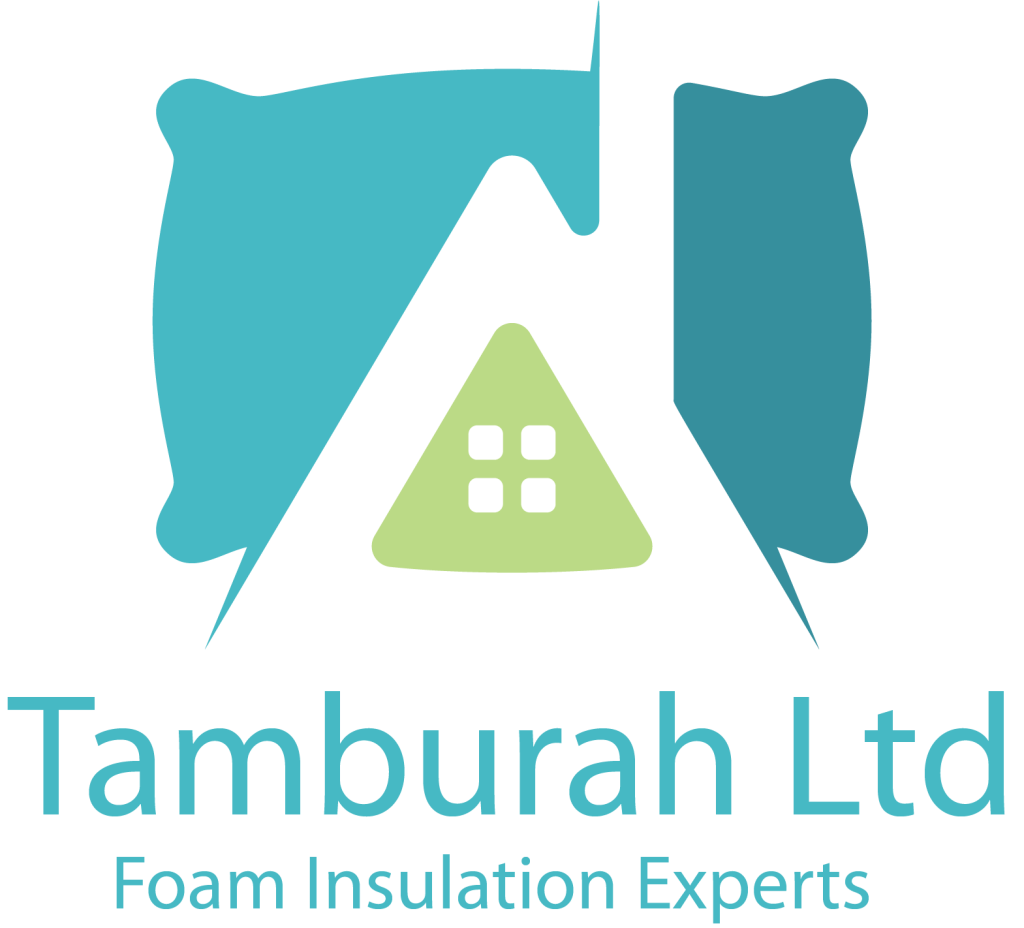
Creating a Quieter Home: A Guide to Insulation Options
The hustle and bustle of everyday life can easily intrude on our peace and quiet at home. Whether it’s noisy neighbours, traffic sounds, or even internal noise transfer, unwanted noise can disrupt our sleep, concentration, and overall well-being. This is where good home insulation comes in. While it’s primarily known for its thermal benefits, insulation can also play a role in creating a quieter environment.
This guide explores how different types of insulation affect noise levels in your home, helping you choose the best solution for achieving a peaceful haven.
Why Insulation is Key to a Quieter Home
Insulation plays a pivotal role in reducing both airborne and impact noise. By adding layers of material that absorb and block sound waves, you can significantly reduce the amount of noise that enters or leaves your home. Not only does this create a quieter environment, but it also adds a layer of privacy, making it difficult for sounds to travel between rooms.
Types of Insulation for Noise Reduction
There are various materials and methods available to insulate your home for noise reduction. The choice of insulation largely depends on the specific areas you want to target and the type of noise you aim to reduce.
1. Sound Insulation Foam
Sound insulation foam, also known as acoustic foam, is a highly effective material for absorbing sound waves. This foam is often used in recording studios and home theatres due to its ability to reduce echo and absorb sound. It works by converting sound energy into heat through friction within its porous structure.
- Applications: Sound insulation foam is ideal for walls, ceilings, and floors, particularly in rooms where noise reduction is critical, such as bedrooms, living rooms, and home offices.
- Benefits: It is relatively easy to install and can be used in combination with other materials for enhanced soundproofing.
2. Spray Foam Insulation
Spray foam insulation is a versatile and effective solution for soundproofing. It is applied by spraying a liquid mixture that expands and hardens into a dense foam, filling cavities and gaps in walls, ceilings, and floors.
- Open-Cell Spray Foam: Open-cell spray foam has a lower density and a more porous structure, which makes it better at absorbing sound than its closed-cell counterpart. It is particularly effective at reducing airborne noise.
- Closed-Cell Spray Foam: While closed-cell spray foam is more rigid and offers better thermal insulation, it is less effective at sound absorption. However, it still provides a degree of soundproofing by blocking air and soundwaves from passing through.
- Applications: Spray foam insulation can be used in walls, ceilings, floors, and even around pipes and ductwork to reduce the transmission of sound.
- Benefits: It not only provides soundproofing but also enhances the overall thermal insulation of your home, making it more energy-efficient.
3. Fibreglass Insulation
Fibreglass insulation is another popular choice for reducing noise. It consists of fine glass fibres that trap air and reduce the transmission of sound waves. Fibreglass is typically used in walls, ceilings, and floors and is available in rolls or batts.
- Applications: Fibreglass insulation is commonly used in residential and commercial buildings for both thermal and sound insulation. It can be installed in walls, ceilings, and floors.
- Benefits: It is an affordable and effective option for noise reduction and is widely available.
4. Mineral Wool Insulation
Mineral wool, also known as rock wool or slag wool, is a dense and durable material that offers excellent soundproofing qualities. It is made from natural or recycled materials, making it an eco-friendly option.
- Applications: Mineral wool is often used in walls, floors, and ceilings where soundproofing is a priority. It is also used in commercial buildings and industrial applications.
- Benefits: Mineral wool provides superior sound absorption and is resistant to fire and moisture, adding extra safety and durability to your home.
Insulating Different Areas of Your Home
Each part of your home presents unique challenges when it comes to sound insulation. Below, we outline the best practices for insulating various areas to achieve a quieter environment.
Insulating Walls
Walls are the primary surfaces through which sound travels. Properly insulating your walls can greatly reduce both airborne and impact noise.
- Interior Walls: For interior walls, sound insulation foam or open-cell spray foam can be highly effective. These materials absorb sound waves, preventing them from passing through to adjacent rooms.
- Exterior Walls: Insulating exterior walls not only reduces noise from outside but also improves your home’s energy efficiency. Closed-cell spray foam is an excellent choice for exterior walls as it provides both sound and thermal insulation.
Insulating Floors
Floors are another common pathway for noise, particularly in multi-storey homes. Impact noise, such as footsteps or moving furniture, can easily travel through floors if not properly insulated.
- Underfloor Insulation: Installing insulation beneath your flooring can help reduce impact noise. Fibreglass or mineral wool insulation are effective options for this purpose.
- Carpets and Rugs: Adding carpets or rugs can also help to dampen noise and prevent sound from bouncing off hard surfaces.
Insulating Ceilings
Ceilings are crucial areas to insulate, especially if you want to prevent noise from travelling between floors. This is particularly important in flats or homes with multiple levels.
- Ceiling Insulation: Installing spray foam insulation or sound insulation foam in the ceiling cavities can significantly reduce the transmission of sound between floors.
- Acoustic Panels: For rooms that require extra soundproofing, such as home offices or theatres, you can install acoustic panels on the ceiling to absorb and reduce noise.
Insulating Windows and Doors
Windows and doors are often the weakest points in a home’s soundproofing strategy, as they allow sound to pass through easily.
- Double or Triple Glazing: Replacing single-pane windows with double or triple glazing can drastically reduce the amount of noise entering your home. The additional layers of glass act as a barrier to sound waves.
- Weatherstripping: Adding weatherstripping around doors and windows can help seal gaps and prevent sound from leaking through.
Combining Insulation Materials for Maximum Effectiveness
To achieve the best results in soundproofing your home, it’s often beneficial to combine different insulation materials and methods. For example:
- Spray Foam and Fibreglass: Use spray foam to fill gaps and cavities in walls, and then add a layer of fibreglass insulation to further enhance soundproofing and thermal efficiency.
- Mineral Wool and Sound Insulation Foam: For areas that require maximum noise reduction, such as music rooms or home offices, combine mineral wool with sound insulation foam to absorb and block sound effectively.
Additional Tips for a Quieter Home
Beyond insulation, there are several other strategies you can implement to further reduce noise in your home:
- Soft Furnishings: Adding soft furnishings such as curtains, cushions, and upholstered furniture can help absorb sound and reduce echo in a room.
- Acoustic Panels: Installing acoustic panels on walls and ceilings can enhance sound absorption, particularly in rooms where noise levels are high.
- Solid Core Doors: Replacing hollow-core doors with solid-core options can prevent noise from travelling between rooms.
Conclusion: Create Your Quiet Sanctuary
Creating a tranquil home environment requires careful planning and high-quality materials. While this guide equips you with the knowledge to choose the right insulation solutions, partnering with a professional insulation contractor like Tamburah can significantly enhance your project’s success. Collaborating with Tamburah brings expertise, sustainability, and long-term value. As a leading Irish insulation provider, they offer tailored solutions, prioritise eco-friendly materials, and deliver significant energy savings, comfort enhancements, and increased property value.
Visit tamburahltd.ie or contact today for a free consultation to discuss your noise reduction goals and explore how we can help you create a peaceful haven in your home.
By taking the time to insulate your home effectively, you not only improve your quality of life but also add value to your property, making it a more appealing and comfortable place to live.
